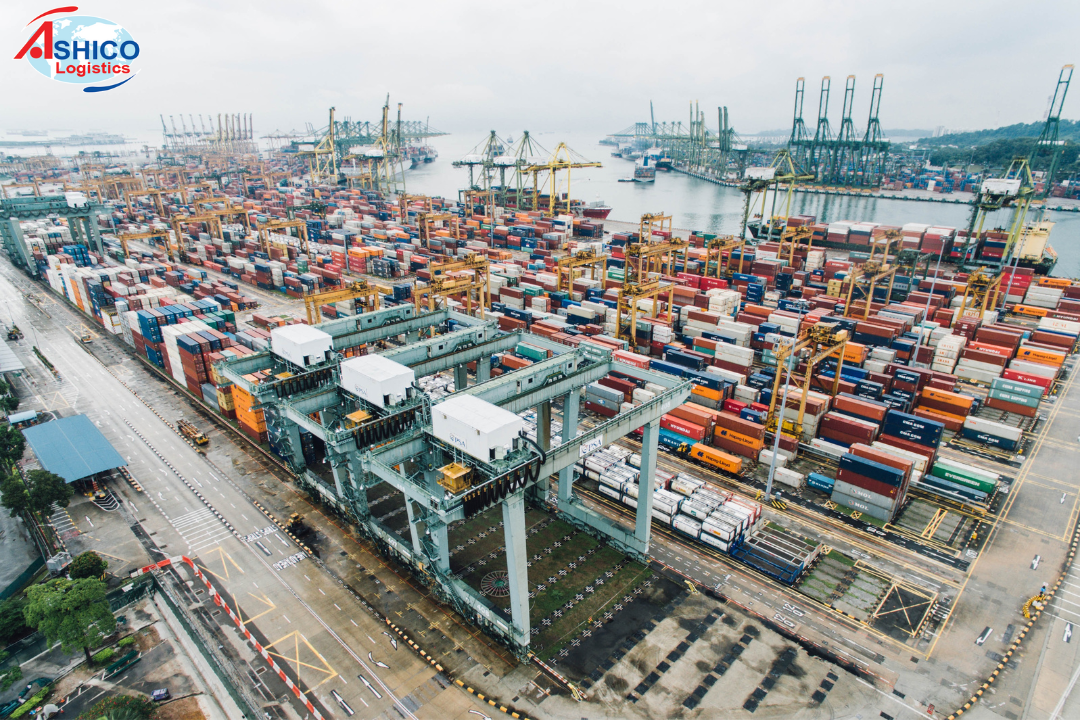
To propel Vietnamese logistics further, the role of Vietnamese enterprises transforming strongly to engage in the global supply chain
is significant.
In 2022, the Vietnamese logistics industry showed positive signs. To continue advancing Vietnamese logistics, Vietnamese enterprises
are robustly adapting to participate in the global supply chain.
According to the General Statistics Office, in the first 10 months of 2022, the total import-export turnover of goods reached an estimated
616.24 billion USD, up 14.1% compared to the same period last year. The scale and number of businesses operating in this field are
continually expanding.
.jpg)
Vietnam - a promising logistics market
There are currently 30,000 businesses operating in the logistics sector across the country, including over 5,000 engaging in international
logistics. There are 69 large and medium-sized logistics centers that attract investments in various areas.
The explosion of e-commerce is one of the factors driving the growth of logistics in Vietnam. According to the "e-Conomy SEA 2022"
report on the digital economy by Google, Temasek, and Bain & Co., Vietnam's digital economy reached 23 billion USD, a 28% increase
compared to the same period last year, with 14 billion USD coming from the e-commerce sector.
To meet the increasing demand for warehousing and transportation, Vietnamese logistics companies will need to further develop infrastructure
and management technologies.
Favorable policies, abundant workforce, high expertise, and competitive costs continue to be strengths that attract foreign companies to establish
manufacturing plants in Vietnam amidst the global supply chain shift.
A recent prominent example is on November 3, when the LEGO Group from Denmark commenced construction of a 1.3 billion USD factory in
Binh Duong. It can be said that the surge in transport, logistics, and new supply chain trends has helped Vietnam become a potential emerging
market in Southeast Asia.
Strong impetus from industry leaders
One of the significant drivers of the logistics industry's growth is businesses' efforts to increase market share and participate in the global value
chain, especially industry-leading companies like the ITL Group.
The four major challenges that need to be addressed are business, labor, cost, and finance. Infrastructure, labor, and digital transformation form
the "triangle" that will determine the success or failure of businesses in the near future.
Currently, the government's goal for the logistics industry is to improve efficiency and reduce costs to make Vietnam more competitive in the
international market. Vietnam's logistics costs account for 16.8% of GDP, compared to the world's average of 10.6%.
Cre: ASHICO




